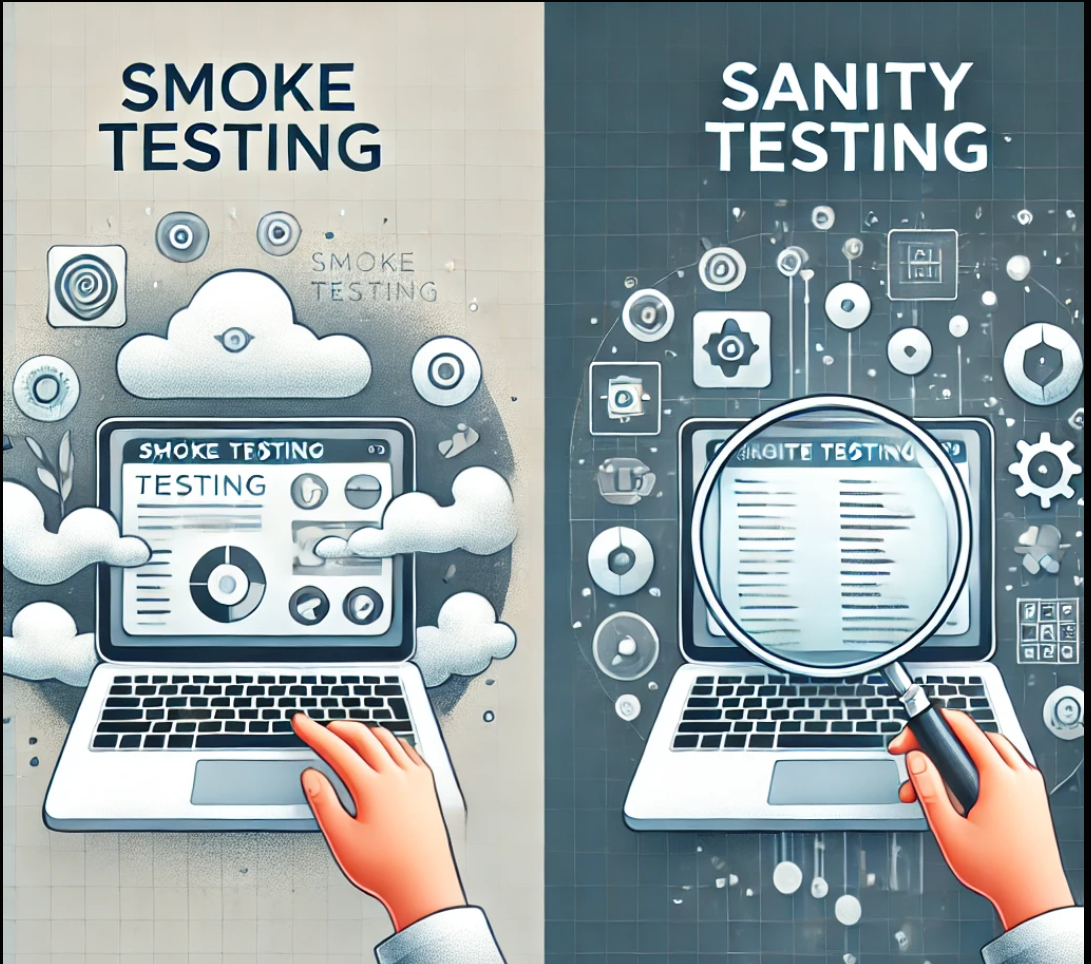
In the world of software testing, ensuring that applications function as intended is critical. One essential aspect of this process is retesting. This article will explore what retesting is, why it is crucial, and how it differs from other testing methods. By the end, you will have a solid understanding of retesting and its significance in the software development lifecycle.
What is Retesting?
Retesting is the process of testing a specific defect or bug after it has been fixed to ensure that the issue has been resolved. This type of testing focuses on the specific area of the software that was modified. Retesting is essential for validating that the application behaves correctly following a bug fix.
Why is Retesting Important?
Validates Bug Fixes: The primary purpose of retesting is to confirm that the reported defects have been effectively addressed. Without retesting, there is a risk that the same issues could recur, undermining software quality.
Ensures Stability: Retesting helps maintain the overall stability of the application. Even minor changes can introduce new issues, so validating fixes ensures that the software continues to function as expected.
Enhances User Experience: By addressing and confirming bug fixes, retesting ultimately contributes to a better user experience. Users are less likely to encounter frustrating errors, leading to higher satisfaction and retention rates.
Reduces Future Costs: Identifying and fixing issues early through retesting can save time and money in the long run. Addressing bugs before deployment can prevent costly rollbacks and further development delays.
How Does Retesting Differ from Regression Testing?
While both retesting and regression testing are essential components of the testing process, they serve different purposes:
Retesting focuses specifically on verifying that a previously identified defect has been fixed. It involves testing only the areas of the application related to the specific bug.
Regression Testing, on the other hand, is conducted to ensure that recent code changes have not adversely affected existing functionality. It involves testing a broader scope of the application, including areas that may not be directly related to the fixed bug.
Best Practices for Retesting
Create a Clear Bug Report: Ensure that the bug report includes detailed information about the defect, including steps to reproduce the issue and the expected outcome. This will aid testers in understanding the problem and verifying the fix.
Collaborate with Developers: Communicate with the development team to understand the changes made to fix the bug. This collaboration will help testers focus their efforts on the relevant areas.
Use Automated Testing Tools: Where possible, utilize automated testing tools to streamline the retesting process. Automation can help save time and increase accuracy in identifying any remaining issues.
Document Test Results: Maintain clear documentation of the retesting process, including the results and any issues that may arise. This documentation will provide valuable insights for future testing efforts.
Perform Regular Reviews: Regularly review and update test cases based on previous testing experiences. Continuous improvement of test cases will enhance the efficiency of retesting.

